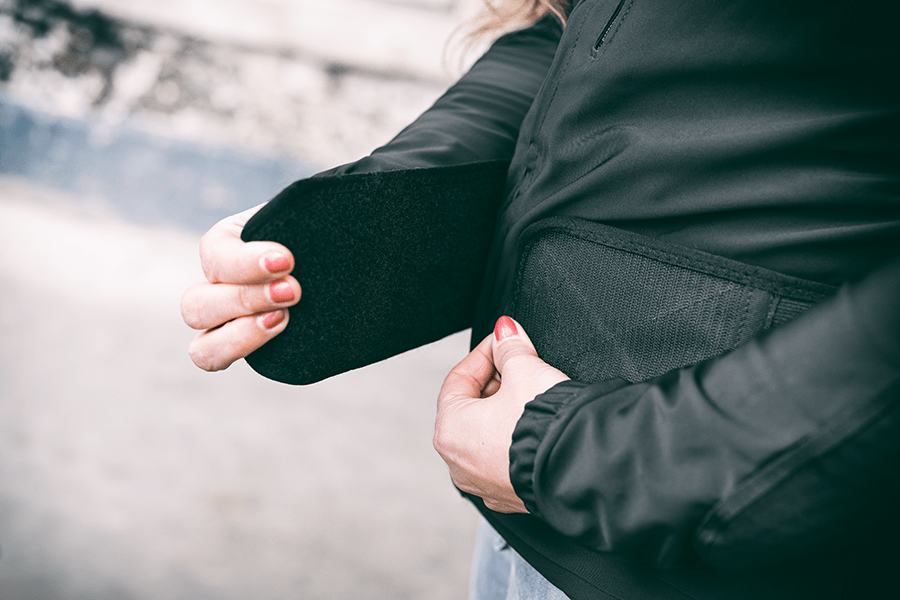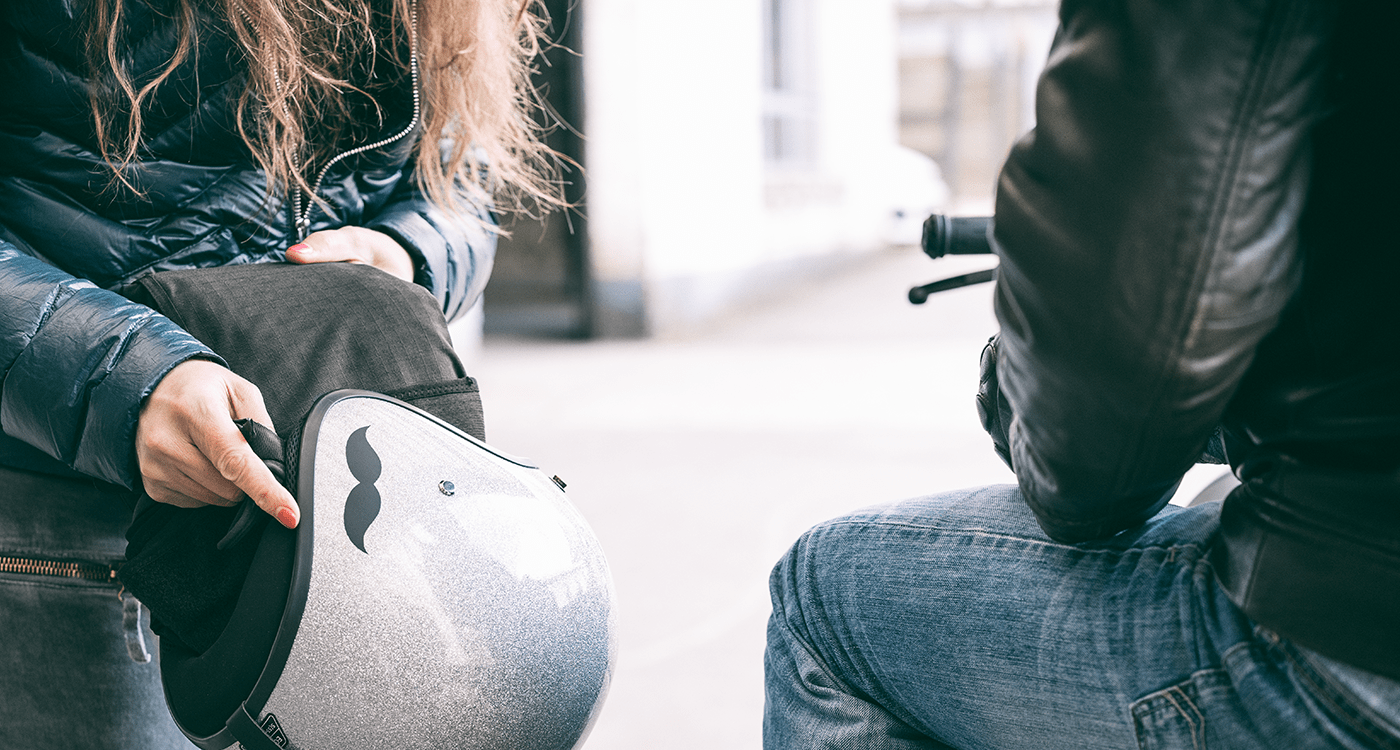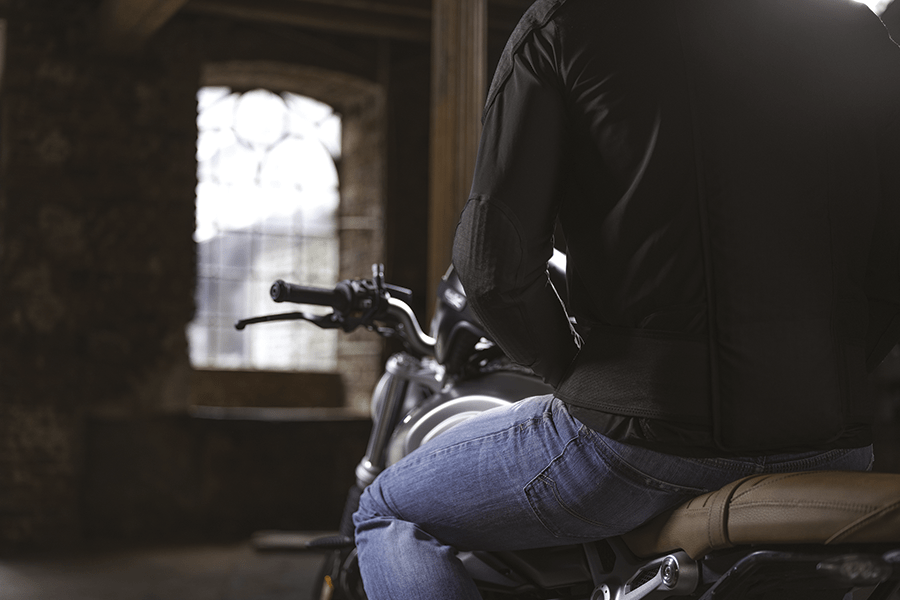-

Biking accidents happen- there’s no getting around it so keeping it real and wearing protective gear is crucial. In a nutshell: be safe, be comfortable and be seen. The right level of protection is vital, but freedom of movement, warmth and comfort matter too and bright, fluorescent or reflective colours add that extra element of safety on the roads. But what exactly should you look for? Here’s a quick guide to help you choose your gear:
Look out for CE labelling
It is there for a reason! Only when gear has been independently tested and issued with the CE safety standard label can it be trusted to be protective. Anything without this just isn’t worth the risk.
-
Helmet
Head protection is vital so do yourself a favour and invest in a good quality helmet. Each head is different so trying on before you buy and ensuring your helmet fits correctly is extremely important– if it moves around once you’ve got in on then it won’t protect you properly. A good fitting helmet should feel snug but not so tight that pressure points are created. Make sure that the chin strap works for you and always double check any adjustment before you ride. In terms of goggles and visors for facial protection, they should always carry the ECE, CE or BSI safety approval mark. When it comes to storage, a helmet bag is a sound investment as a damaged helmet cannot adequately protect in a crash.
Boots
It’s common sense really: sturdy boots that fit you properly provide better protection so trying on before you buy is a pretty good idea. Test how flexible they are while you are there, boots that are too tight or rigid will affect how you ride so find the balance that works for you. Quality also matters; aim for well manufactured, waterproof boots made from good quality leather. Ankles are easily injured in crashes so make sure the style is above ankle height for extra support and protection. And finally, pay attention to the soles; they need to be tough to deal with impact and abrasion and ideally have thick ridges for grip.
-

-
Gloves
Fingers and wrists are fragile and therefore a protective layer is essential here too. The material used must be abrasion resistant and, depending on the weather, thermal and water-resistant properties are also things to look out for as cold and wet hands not only cause distraction but also make controlling your bike harder. Moreover, though the gloves need to be strong, they mustn’t prevent your hands and fingers from moving freely. Pay attention to how secure the wrist straps or closures are as well; if the gloves are too loose, then they certainly aren’t going to stay on in a crash situation.
Trousers and Jacket
Even a short slide on a road can take your skin down to the bone so impact and abrasion protection is crucial – everyday clothes will not protect you. There’s nothing worse than feeling your movement restricted, so a good, snug (but not too tight) fit is really important for protective wear– and the quality of manufacture also makes a huge difference e.g. double or triple stitched seams have a smooth finish (less friction on the skin) and are more likely to hold if you slide. Ventilation zips for airflow and adjustable closures are further comfort factors to be aware of. And for the protection side of things, look out for well-integrated body armour in the design so that areas such as your elbows, back, shoulders and knees are optimally protected. Again, check for that CE label. A-XOC jacket and trousers are designed with this integrated protection in mind and their snug, comfortable fit ensures that the A-XOC level 2 certified protectors stay exactly where they are needed. And a final point to bear in mind; the more reflective the jacket material is, the more visible you are to drivers at night and this in itself could be lifesaving.
-

Stay safe and enjoy the ride!